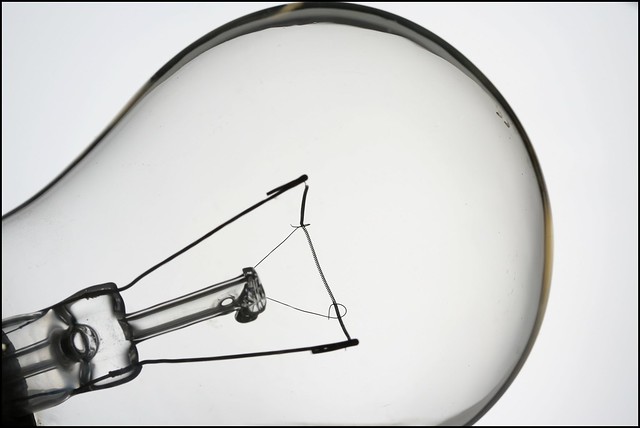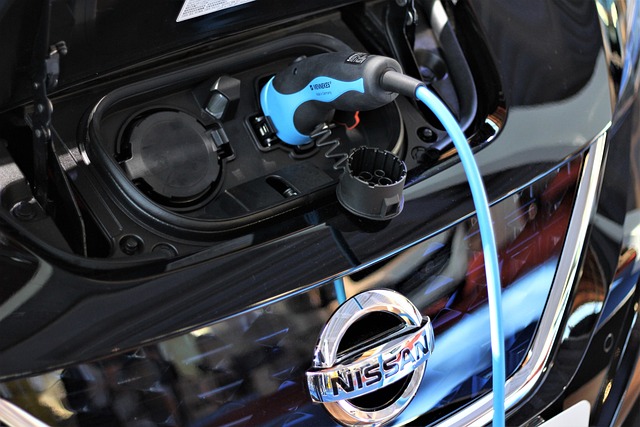Yahoo Finance featured an article a few days ago about the $10 million winning light bulb by Philips. Set to coincide with the celebration of Earth Day this month, Philips’ prize winning light bulb will be available at Home Depot for the not-so-light price of $60.
The price tag is mainly what’s raising eyebrows and prompting potential customers to ask, “How am I saving money on this?” Especially since Philips is already marketing lower-priced, though less efficient, LED lighting as well as other companies. Well, aside from the fact that it is the first winner (and intriguingly, the only entrant) of the U.S. Department of Energy sponsored $10 million L Prize, Philips’ bulb also presents a significant energy savings advantage.
The Philips bulb is described as the “most energy efficient yet,” in compliance with the contest’s demanding requirements. The L Prize, also known as the Bright Tomorrow Lighting Prize, was intended to challenge lighting manufacturers to modernize the energy-hungry common light bulb into highly developed, highly efficient, and solid-state lighting products. The L Prize targeted in particular the replacement of the 60-watt incandescent light bulb and the PAR 38 halogen incandescent bulb. The requirements for replacing the 60w bulb include using less than 10 watts, producing more than 900 lumens, and having a 25,000 hour life among other conditions. A summary of the requirements for the replacement of both bulbs may be seen here.
Philips’ bulb won the contest in August last year, with its bulb using less than 10 watts while producing an equal amount of light as a 60w bulb, translating to an estimated 83% savings in energy. The bulb is said to last for up to 30,000 hours, thirty times more than the incandescent light bulb it replaced. If used for four hours a day, it is expected to last for about 20 years. Philips’ bulb also underwent a series of tests including photometric performance, field tests, stress tests, and long term light test. Photometric performance test measured electrical characteristics and light output. Field tests evaluated energy efficiency, reliability, and customer acceptance. Stress tests measured the product’s resistance to shock, humidity, friction, and high/low temperatures. Long term light tests aim to measure how long the product will be able to give quality light output and performance over time.
Despite the Philips’ bulb’s performance, the price is still holding back many potential buyers. Web users’ comments are divided between pouncing on a lighting product that will save energy for 20 years and expressing doubt whether investing $60 to find out if it lasts that long is a wise decision.
Furthermore, the L Prize required that the winning light bulb be sold for only $22 on the first year, which is only about a third of the Philips’ $60 price tag. Therefore Philips is giving discounts which could lower the price to $50, and seeking deals with electric utilities to bring it down to $20-$30. Yahoo Finance reports that the head of Philips’ U.S.lighting division, Ed Crawford, stated that utility rebates were part of the plan to lower the price to the L Prize requirement.
Whether Philips’ prizewinning light bulb will brighten Earth Day this month remains to be seen. Considering that LEDs sold for $200 per unit until 1968, will the public see the state-of-the-art Philips bulb as a steal, a splurge, or a wise investment?
Photo Credit: Some rights reserved by spacepleb on Flickr.




